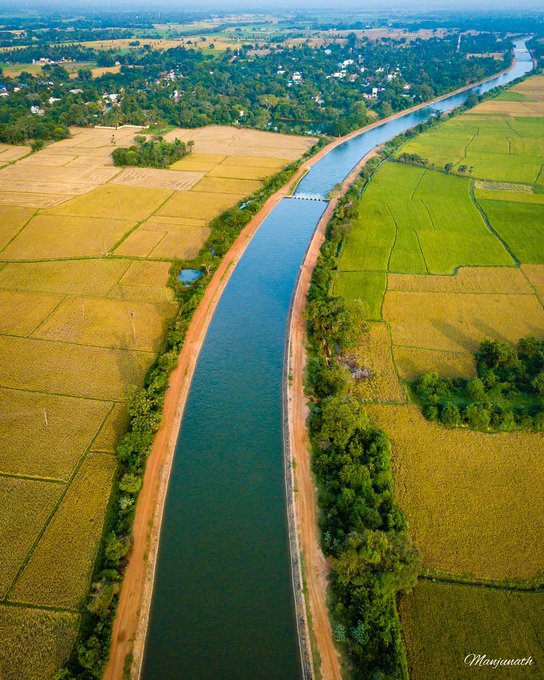Human Body is a Spiritual Teacher.
Observation of
our own human body can be a source of detachment and make one enlightened by realized spiritual
knowledge.
The
son of Yayāti, Mahārāja Yadu, once encountered an avadhūta (a
spiritualist who lives and recognizes himself as soul not body) who was
traveling about, here and there, in great transcendental ecstasy and was acting
unpredictably. The King inquired from the holy man about the cause of his
wandering and his ecstatic condition, and the avadhūta replied that he had
received various instructions from twenty-four different gurus — the earth,
the wind, the sky, the water, fire, and so on. Because of the knowledge he had
gained from them, he was able to travel about the earth in a liberated state. He said his own body was one of his Gurus.
Presented here is
translation of the verses explaining how human body can be ones spiritual teacher?


The Holy man spoke -
SB 11.9.24 — O King,
from all these spiritual masters I have acquired great wisdom. Now please
listen as I explain what I learned from my own body.
SB 11.9.25 — The material body is
also my spiritual master because it teaches me detachment. Being subject to
creation and destruction, it always comes to a painful end. Thus, although
using my body to acquire knowledge, I always remember that it will ultimately
be consumed by others, and remaining detached, I move about this world.
SB 11.9.26 — A man attached to the
body accumulates money with great struggle to expand and protect the position
of his wife, children, property, domestic animals, servants, homes, relatives,
friends, and so on. He does all this for the gratification of his own body. As
a tree before dying produces the seed of a future tree, the dying body
manifests the seed of one’s next material body in the form of one’s accumulated
karma. Thus assuring the continuation of material existence, the material body
sinks down and dies.
SB 11.9.27 — A man who has many
wives is constantly harassed by them. He is responsible for their maintenance,
and thus all the ladies constantly pull him in different directions, each
struggling for her self-interest. Similarly, the senses harass the conditioned
soul, pulling him in many different directions at once. On one side the tongue
is pulling him to arrange tasty food; then thirst drags him to get a suitable
drink. Simultaneously the sex organs clamor for satisfaction, and the sense of
touch demands soft, sensuous objects. The belly harasses him until it is
filled, the ears demand to hear pleasing sounds, the sense of smell hankers for
pleasant aromas, and the fickle eyes clamor for pleasing sights. Thus the
senses, organs and limbs, all desiring satisfaction, pull the living entity in
many directions.


SB 11.9.28 — The Supreme God,
expanding His own potency, māyā-śakti, created innumerable species of life to
house the conditioned souls. Yet by creating the forms of trees, reptiles,
animals, birds, snakes and so on, the Lord was not satisfied within His heart.
Then He created human life, which offers the conditioned soul sufficient
intelligence to perceive the Absolute Truth, and became pleased.
SB 11.9.29 — After many, many births
and deaths one achieves the rare human form of life, which, although temporary,
affords one the opportunity to attain the highest perfection. Thus a sober
human being should quickly endeavor for the ultimate perfection of life as long
as his body, which is always subject to death, has not fallen down and died.
After all, sense gratification is available even in the most abominable species
of life, whereas God consciousness is possible only for a human being.
SB 11.9.30 — Having learned from my
spiritual masters, I remain situated in realization of the Supreme God and,
fully renounced and enlightened by realized spiritual knowledge, wander the
earth without attachment or false ego.













Comments
Post a Comment